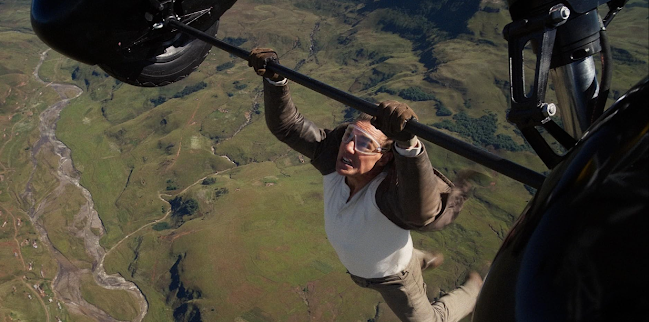Title: Weapons
Year: 2025
Director: Zach Cregger
Country: US
Language: English
In Weapons an unthinkable tragedy hits a small town, and the citizens' difficulty with coping - ranging from rage, addiction, nightmares, and obsessing - creates a compelling narrative that Rashomon's itself through the central mystery at play. Split into perspective-driven chapters, the story delivers in becoming increasingly bizarre throughout its run-time. It's a very smart film that relies on atmosphere and intriguing characters rather than shock.
When all but one child from the same class mysteriously vanish on the same night at exactly the same time, a community is left questioning who or what is behind their disappearance.
The emotional turmoil of each character presents a truth; this is how a community of people would react if their kids went missing. We often see this hostility, fear, sadness, and distrust when big loss events (like covid, school shootings etc.) happen. It's far more than allegory for shootings however; the story reminds me of how Stephen King's best novels unfold. We see the failings of our friends and neighbors come to light, and then a supernatural revelation tests their soul. See: The Shining.
Weapons is a deliberate, slow boiling film that has a novelistic approach in the way it approaches characters - and having their stories intersect in an satisfying way. The film has a fairly good tone; its atmospheric horror, but there are funny moments aspersed throughout that relieve some tension. It feels like a Grimm's fairytale in the way it "weaponizes" its magical elements.
Prior to watching, I heard a lot of great things about Weapons. I was seriously considering watching it in theaters, but I was concerned that it wouldn't meet the expectations I had built up for it. I'm glad to have seen this. It's easily in my top 10 of 2025.




.png)

.png)














